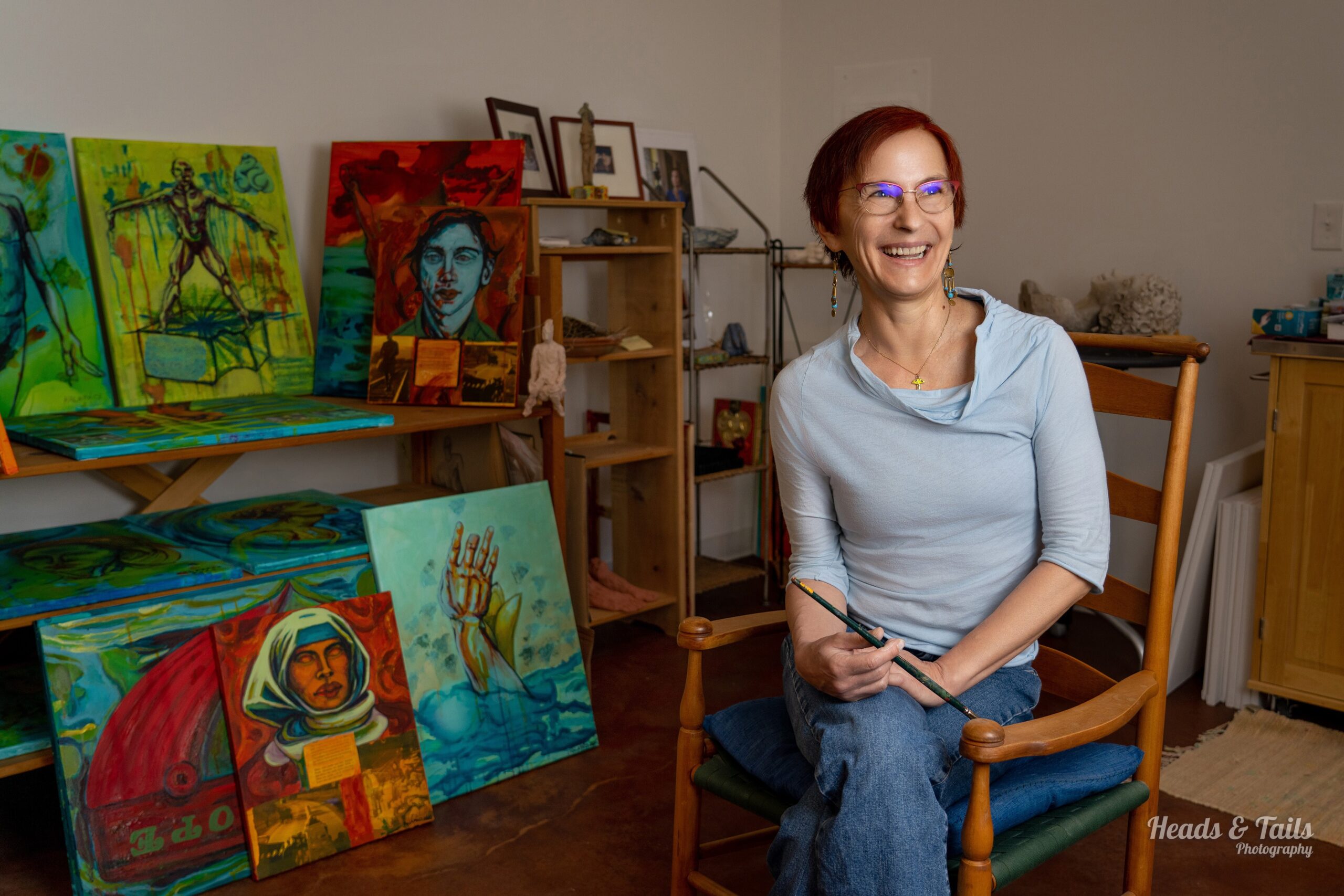Kalapács and Kraft: “Rediscovering Transylvania: Back from the Vanishing Point”
Project Synopsis
“Video Documentary Project on Transylvanian Hungarian Folk Dance”
To interpret the status of ethnic Hungarian village life in Transylvania in the time of an epochal transition: The traditional peasant culture is waning to the vanishing point even as it is being discovered and conserved by educated musicians and dancers and by an international urban following. Our working title is “Rediscovering Transylvania: Back from the Vanishing Point”.
Narrative Summary
During the years from the beginning of the Hungarian táncház or “dance-house” movement in the 1970s through 1989, the study of Transylvanian Hungarian village traditions was thwarted by all manner of obstacles promoted by the Ceausescu regime. It was carried on largely by luck and by cloak-and-dagger excursions into villages which were forbidden to outsiders.
Since 1989, Transylvanian villages have become accessible and they are visited by travelers from Europe, Asia and the Americas who have become devoted to the study of Transylvanian music and dance traditions. The older generations of village musicians and dancers have dwindled close to the vanishing point, just as the intense activity of outsiders has helped to redirect the interest of villagers and their urban neighbors in their own local traditions.
How do the surviving musicians and dancers of the older generations view the traditions which they have inherited? How do they view their own particular status and role within their culture in the present day?
What are the personal reasons of the young generation of urban and village musicians and dancers in Transylvania for studying the old traditions? Ethnic and personal pride? Identity and roots? Competition with outsiders? Are dancing and music a political statement, a defense of identity and heritage?
How does international interest affect how villagers see themselves and their place in the world? How do young and old view the future of traditions which are now being studied, revived and conserved rather than simply “lived” in their own natural communities?
The fate of village traditions of the Hungarians in Transylvania is inseparable from their status as an ethnic minority in Romania. The particularly rich traditions of this part of Eastern Europe evolved through centuries of cultural overlap among Hungarians, Romanians, Gypsies, Saxons and Jews. The pressures on minorities within Romania, even after the change of 1989, tend to discourage identification with the minority culture but also, in many ways, to reinforce it. Hungarians, Romanians and others are always conscious of political and ethnic tension, and we are curious about how everyday people as well as more highly educated people deal with political tension and the attendant anxieties.
The regions and villages which we intend to focus on are the following, moving roughly from West to East across Transylvania: Kalotaszentkir�ly, Méra (Kalotaszeg); Magyarszovát, Szék (Transylvanian Heath); Vajdaszentivány (Székelyföld); Csíkszentdomokos, Csíkszereda (Felcsík); Gyimesközéplok, Gyimesbükk (Gyimes); Pusztina (Moldva).
Status Report
We have visited Transylvania three times, in 1993, 1995 and 2000, meeting with musicians and dancers and staying in village homes. We are both fluent in Hungarian. In 1995 and 2000, we were able to record about twenty hours of material on VHS-C, some of which was edited into the community productions documentary, “The Erdély Group and Erdély Romania”. We have been analyzing and editing the material recorded previously and are preparing to finish field recording in 2002.
Distribution and/or Marketing Strategy
We will address the content and technical parameters of broadcasters like PBS in order to ensure that we will produce a documentary suitable for national audiences. We will apply to screen the finished product in annual festivals or series. We intend that the final product will appeal to a general audience as well as to such select populations as Hungarian-Americans; anthropologists and folklorists; travelers; students of Eastern European issues, ethnic diversity issues, dancers and musicians. Distribution through educational video services is a possibility.
Director’s Filmography
“The Erdély Group and Erdély Romania”, TCI Community Productions, Spokane WA, 1997, 55 minutes.
This documentary combines studio recordings of the Erdély Hungarian Dance Ensemble (Spokane WA) with music by the Jómóka Táncház Band (Salt Lake City UT) and video field recordings from Transylvania.
Video Documentary Project on Transylvanian Hungarian Folk Dance.
Primary Personnel
Ildikó Kalapács, co-director
- Native Hungarian, naturalized U.S. citizen
- B.A.in Studio Art, Eastern Washington University, 1992
- Self-employed visual artist
- Student of Hungarian folk dance for 29 years
- Co-director of the Erdély Ensemble, Spokane WA, for 14 years
- Co-translator and -editor, Hungarian folk song texts
Wayne Kraft, co-director
- U.S.citizen
- Ph.D.in German, University of Illinois, 1978
- Professor of German, Eastern Washington University, Cheney WA
- Recipient of Fulbright research grant (Hungarian Folk Dance), Budapest, 1986-87
- Recipient of NEH grant (summer seminar on oral tradition), University of Missouri, 1989
- Student of Hungarian folk dance for 20 years
- Co-director of the Erdély Ensemble, Spokane WA, for 14 years
- Co-translator and -editor, Hungarian folk song texts


